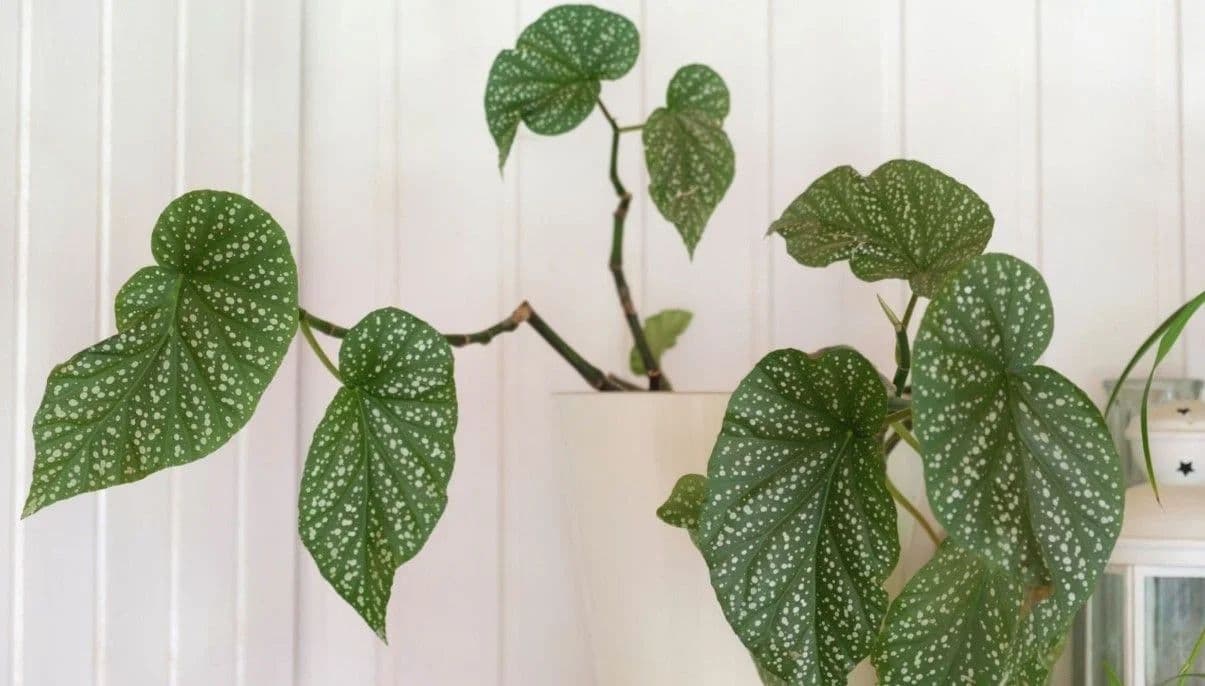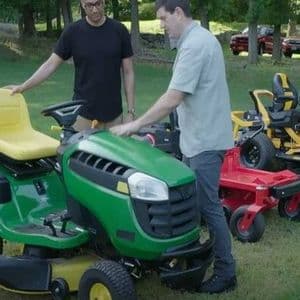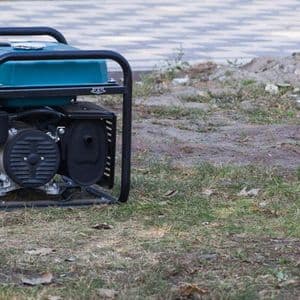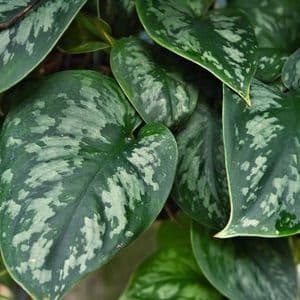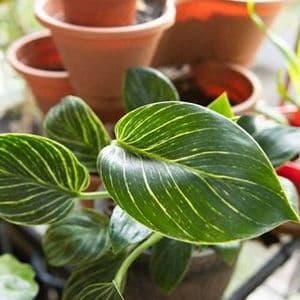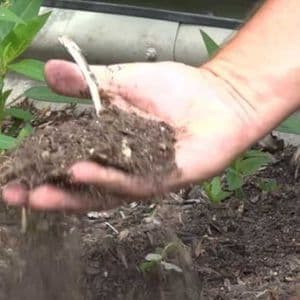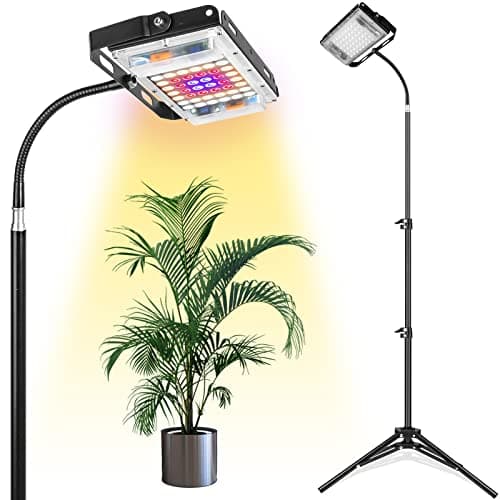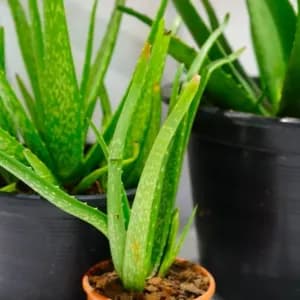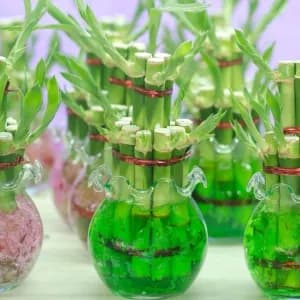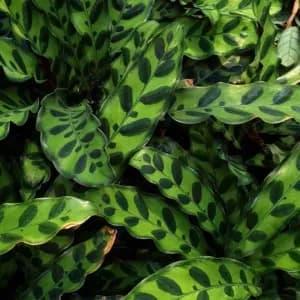Overview
Angel Wing Begonia (Begonia coccinea) is a beautiful and popular houseplant known for its striking foliage and vibrant flowers. With its wing-shaped leaves and cascading growth habit [1], it brings a touch of elegance and charm to any indoor space. Whether you're a seasoned plant enthusiast or a beginner looking to add some greenery to your home, growing and caring for Angel Wing Begonia is relatively straightforward.
In this guide, we'll provide you with an introduction to the essential aspects of cultivating and maintaining Angel Wing Begonia. From lighting and temperature requirements to watering and fertilization tips, you'll learn everything you need to know to ensure the healthy growth and longevity of your begonia plant.
|
Botanical Name |
Begonia x corallina |
|
Common Name |
Angel wing begonia |
|
Plant Type |
Perennial shrub |
|
Mature Size |
12-30 in. tall, 12-24 in. wide |
|
Sun Exposure |
Partial shade |
|
Soil Type |
Moist but well-drained |
|
Soil pH |
Neutral to acidic |
|
Bloom Time |
Summer, early fall |
|
Flower Color |
Pink, red, white, orange |
|
Hardiness Zone |
10-11 (USDA) |
|
Native Area |
South America |
|
Toxicity |
Toxic to dogs and cats |
Angel Wing Begonia Varieties
-
Dragon Wing: Large, glossy green foliage and clusters of red or pink blooms are features of this cultivar. It can withstand heat and humidity and grows easily.
-
Silver Lace: The blooms of this cultivar are white or pink, and the leaves have silver spots. It is a little plant that grows well in hanging baskets or pots.
-
Torch: This variety has dark green leaves with red veins and bright red flowers. It is a vigorous grower that can reach up to 5 feet tall.
-
Looking Glass: The glossy silver leaves of this cultivar have green veins and margins. It features pink blossoms that stand out against the greenery. It grows slowly and requires strong sunshine and excellent drainage.
- Sophie Cecile: Large, hairy leaves with pink streaks and margins characterize this cultivar. It blooms all year long with pink or coral flowers. It is a trailing plant that can spill over pot or basket edging.
Angel Wing Begonia Care
Choose the Perfect Location
Selecting the right spot for your angel wing begonia is paramount. Opt for an area with bright, indirect sunlight. This ensures that your begonia receives sufficient light without being exposed to harsh, direct rays that could scorch its leaves and diminish its variegation. If natural light [2] is insufficient, you can also cultivate these begonias successfully under artificial light sources like fluorescent tubes or LED bulbs.
Water Wisely
Angel wing begonias appreciate a consistent watering routine. Water your plant when the top inch of the soil feels dry to the touch. It's crucial not to overwater, as excessive moisture can lead to root rot and fungal diseases. Always use room-temperature water and ensure that water flows freely through the drainage holes at the bottom of the pot to prevent waterlogged soil.
Feed with Care
Fertilizing your angel wing begonia is vital for healthy growth and vibrant foliage. During the growing season [3], which spans from spring to fall, apply a balanced, water-soluble fertilizer, such as a 10-10-10 formulation. Dilute the fertilizer to half the recommended strength to avoid overfeeding. Do note that during the winter, when the plant is in dormancy, it should not be fertilized.
Prune for Elegance
Regular pruning is essential to maintain the begonia's shape and stimulate branching. You can achieve this by either pinching off the tips of new growth or carefully cutting back longer stems with sharp scissors. Additionally, remove any dead, damaged, or diseased leaves and spent flowers. It's best to undertake this pruning regimen in spring or early summer, before the plant starts to bloom.
Propagating Angel Wing Begonia
Propagating angel wing begonia is a fun and easy way to create more plants for your home or garden. Angel wing begonia is a type of begonia that has colorful and patterned leaves shaped like angel wings. They also produce clusters of flowers in shades of pink, red, or white. To propagate them, you can use either stem cuttings or leaf cuttings. Here are the steps for both methods:
-
Stem cuttings: Cut a stem that has at least one node (where the leaf joins the stem) and a few leaves. Remove the lower leaves and dip the cut end in rooting hormone. Plant the cutting in moist potting soil and keep it in a warm and bright spot. Water it regularly and wait for roots to develop in a few weeks.
-
Leaf cuttings: Cut a healthy leaf with a long petiole (the stalk that attaches the leaf to the stem). Make a few slits along the main veins of the leaf. Dip the cut end of the petiole in rooting hormone and insert it into moist potting soil. Lay the leaf flat on the soil and secure it with pins or toothpicks. Keep it in a warm and bright spot and water it regularly. New plants will sprout from the slits in a few weeks.
Potting and Repotting Angel Wing Begonia
Angel wing begonias are beautiful houseplants that can brighten up any room with their colorful foliage and flowers. They are easy to grow and care for, but they do need to be repotted occasionally to keep them healthy and happy. Here are some tips on how to pot and repot your angel wing begonia.
-
Choose a pot that is slightly larger than the current one, and has drainage holes at the bottom. You don't want to overpot your begonia, as this can lead to root rot and other problems.
-
Use a well-draining potting mix that is rich in organic matter, such as peat moss, perlite, and compost. You can also add some slow-release fertilizer to the mix to give your begonia a boost of nutrients.
-
Gently remove your begonia from its old pot, and shake off any excess soil from the roots. You can trim any damaged or dead roots with a clean pair of scissors, but be careful not to cut too much.
-
Place your begonia in the center of the new pot, and fill in the gaps with the potting mix. Make sure the soil level is slightly below the rim of the pot, and that the crown of the plant (where the stems meet the roots) is not buried.
-
Water your begonia thoroughly, and let the excess water drain out. You can also mist the leaves lightly to increase humidity around the plant.
-
Place your begonia in a bright spot, but avoid direct sunlight, as this can scorch the leaves. You can also rotate the pot every few days to ensure even growth.
-
Enjoy your beautiful angel wing begonia!
Common Pests and Diseases
Angel wing begonias are beautiful houseplants that can brighten up any room with their colorful foliage and flowers. However, they are also prone to some common pests and diseases that can affect their health and appearance. Here are some of the most common problems and how to deal with them.
-
Mealybugs: These are small, white, cottony insects that suck the sap from the plant and leave behind sticky honeydew. They can cause yellowing, wilting, and stunted growth. To get rid of them, you can wipe them off with a cotton swab dipped in rubbing alcohol or spray them with insecticidal soap or neem oil.
-
Spider mites: These are tiny, red or brown spiders that spin fine webs on the undersides of the leaves. They also suck the sap from the plant and cause yellow spots, leaf drop, and reduced vigor. To prevent them, you should keep the humidity high around the plant and mist it regularly. To treat them, you can spray them with a miticide or a solution of water and dish soap.
-
Powdery mildew: This is a fungal disease that causes a white, powdery coating on the leaves and stems. It can reduce photosynthesis and make the plant look unsightly. It usually occurs when the plant is in a humid environment with poor air circulation. To prevent it, you should avoid overhead watering and space the plants well. To treat it, you can spray the plant with a fungicide or a solution of baking soda and water.
-
Root rot: This is another fungal disease that affects the roots of the plant. It can cause wilting, yellowing, and death of the plant. It usually occurs when the soil is too wet or poorly drained. To prevent it, you should use a well-draining potting mix and water only when the top inch of soil feels dry. To treat it, you can repot the plant in fresh soil and cut off any rotten roots.
FAQs
Angel wing begonia is a popular houseplant with colorful and patterned leaves. It is easy to grow and care for, but there are some FAQs that you might have about this plant. Here are some of the most common ones:
1. Are Angel Wing Begonias toxic to pets?
Yes, these plants contain compounds that can be toxic to cats and dogs if ingested, causing symptoms like vomiting, drooling, and diarrhea. Keep your plant out of reach of pets.
2. Can I grow Angel Wing Begonias outdoors?
While they make excellent houseplants, they can also be grown outdoors in USDA hardiness zones 10-11. Be sure to provide them with a sheltered location and protection from direct sunlight.
3. How can I encourage my Angel Wing Begonia to bloom?
Ensure your plant receives adequate light, proper watering, and regular feeding during the growing season. Additionally, maintain a consistent temperature and humidity level to promote blooming.
The New York Garden works under restricted procurement guidelines and relies on peer-reviewed studies and studies conducted by academic organizations. Tertiary references should be avoided. For more information on how we ensure our material is correct and up to date, please visit our editorial policy.
- Growth habit - National Library of Medicine
- Natural light - The NASA Communications Office
- Growing season - National Water and Climate Center

